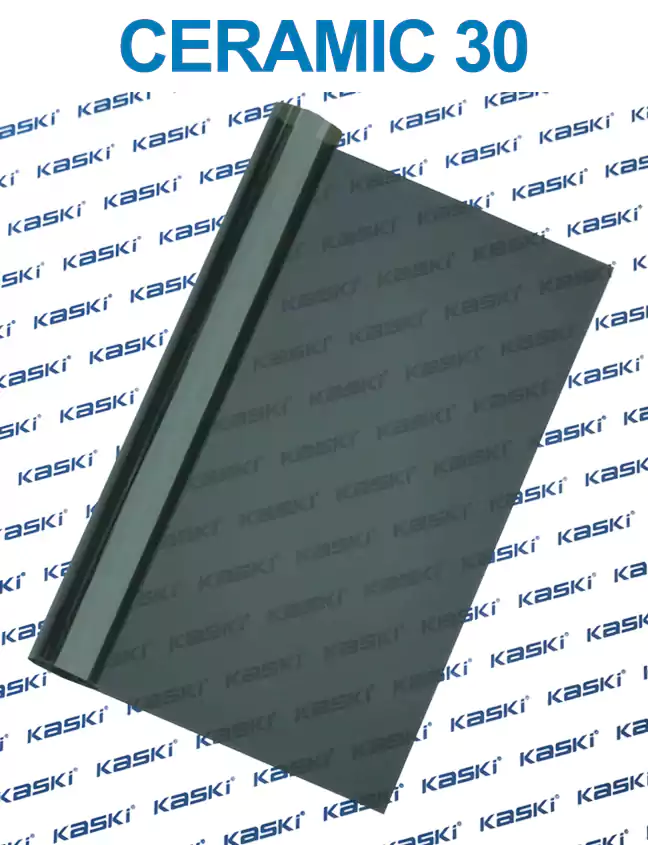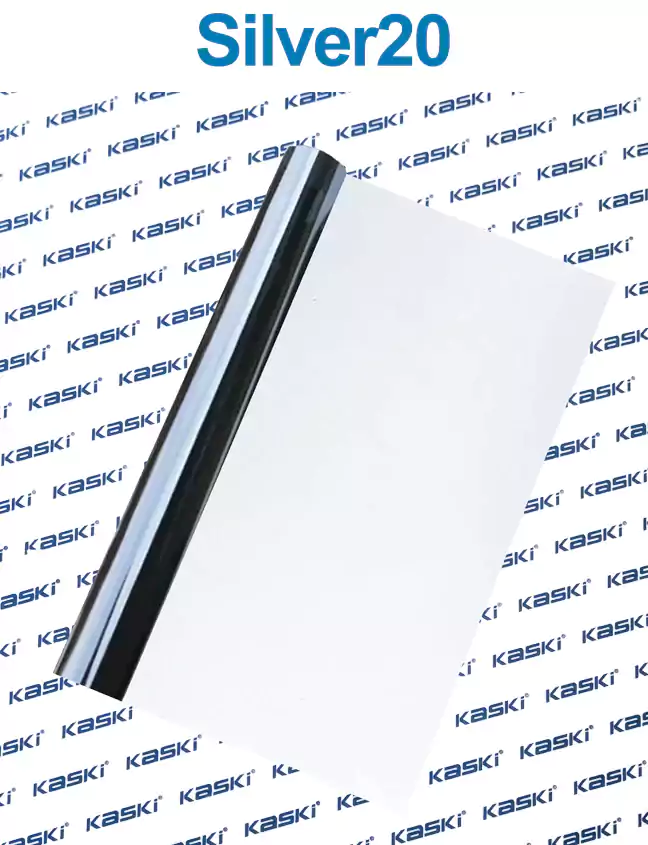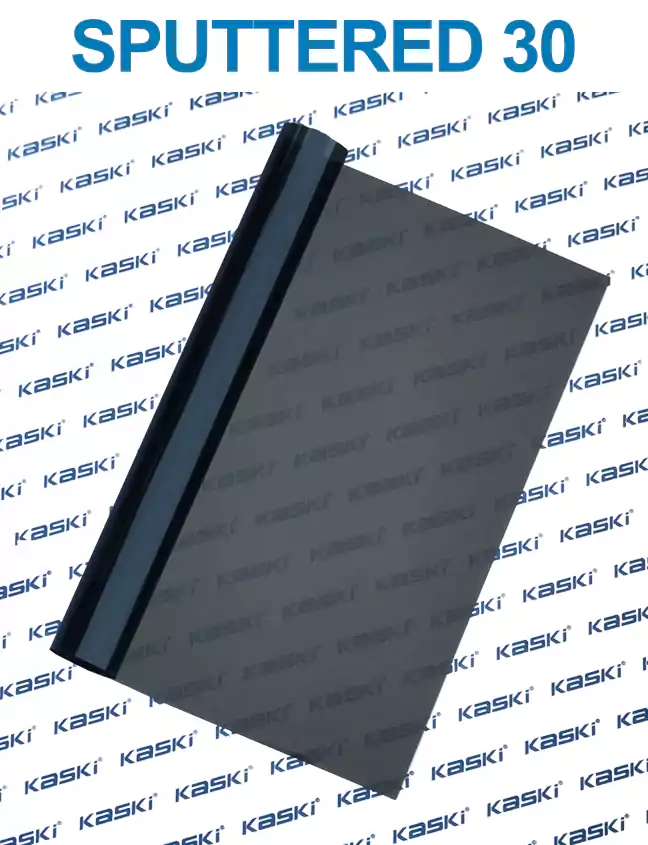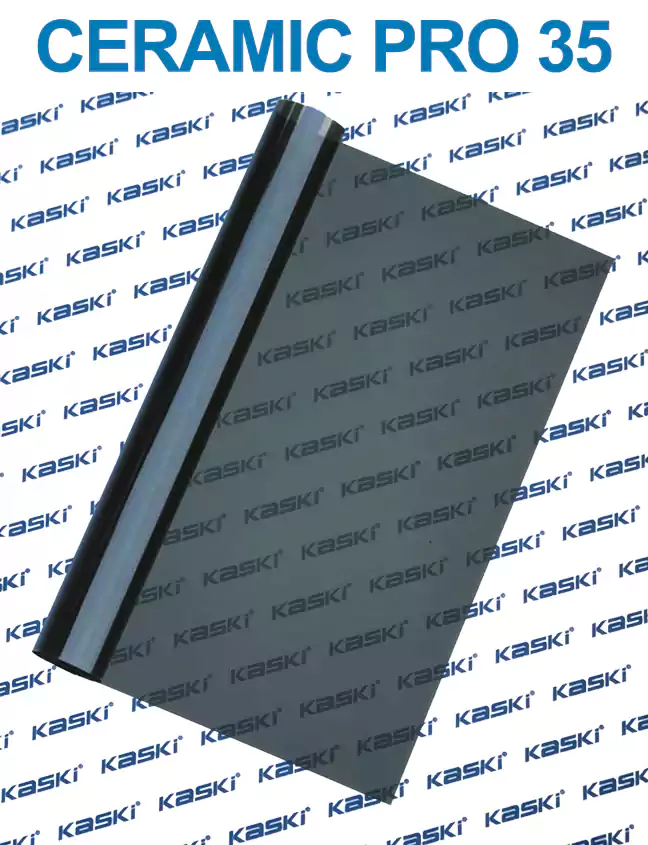Automotive window tinting is a popular and practical solution for drivers looking to enhance their vehicle's appearance, comfort, and efficiency. Whether you're seeking to reduce glare, protect your interior, or improve energy savings, window tinting can offer a wide range of benefits. In this informative blog post, we'll dive deep into the world of automotive window tinting, exploring its principles, advantages, and a detailed installation case study.
The Principles of automotive window tinting
Window tinting works by applying a thin, transparent film to the glass surfaces of your vehicle. This film is designed to block a significant portion of the sun's harmful ultraviolet (UV) rays, while still allowing natural light to pass through. The tinting material is carefully selected to provide the desired level of darkness, heat rejection, and visibility.
The process of heat control window film involves carefully measuring the windows, cutting the tint film to size, and applying it with precision. The tint film is typically made from a combination of polyester, dyes, and metallic or ceramic particles, which work together to achieve the desired performance characteristics.
Advantages of Automotive Window Tinting
1. Reduced Glare and Eye Strain: Automotive window tinting can significantly reduce the glare from the sun, providing a more comfortable driving experience and reducing eye strain.
2. Improved Interior Protection: The tint film blocks up to 99% of harmful UV rays, helping to protect your vehicle's interior from fading, cracking, and premature aging.
3. Enhanced Privacy and Security: Tinted windows can make it more difficult for passersby to see into your vehicle, providing an added layer of privacy and security.
4. Increased Comfort and Energy Efficiency: By blocking the sun's heat, window tinting can help keep your vehicle's interior cooler, reducing the need for air conditioning and improving fuel efficiency.
5. Aesthetic Appeal: Automotive window tinting can enhance the overall appearance of your vehicle, giving it a sleek and sophisticated look.
A Detailed Installation Case Study
In this case study, we'll explore the process of installing window tint on a 2020 Honda Civic. The steps involved in this installation include:
1. Measuring the Windows: The installer carefully measured the dimensions of each window to ensure a precise fit for the tint film.
2. Cutting the Tint Film: Using specialized cutting tools, the installer cut the tint film to the exact size required for each window.
3. Cleaning the Glass: Thorough cleaning of the glass surfaces was essential to ensure proper adhesion of the tint film.
4. Applying the Tint Film: The installer carefully applied the tint film to the windows, using a squeegee to remove any air bubbles or wrinkles.
5. Curing the Tint: The tint film was allowed to cure for a specified period, ensuring a strong and durable bond with the glass.
Testimonials
"I've had my car's windows tinted with this company, and I'm incredibly satisfied with the results. The tint has significantly reduced the glare and heat in my vehicle, making my daily commute much more comfortable. The installation process was quick and professional, and the tint has held up beautifully over time." - Sarah, Honda Civic owner
"Investing in automotive window tinting was one of the best decisions I've made. Not only has it enhanced the look of my car, but it's also provided tangible benefits in terms of improved energy efficiency and reduced interior fading. The team at the tinting shop was knowledgeable and helpful throughout the entire process." - Michael, Toyota Camry owner
In conclusion, automotive window tinting is a versatile and practical solution for drivers looking to enhance their vehicle's performance, comfort, and appearance. By understanding the principles, advantages, and installation process, you can make an informed decision about whether window tinting is the right choice for your vehicle.



















